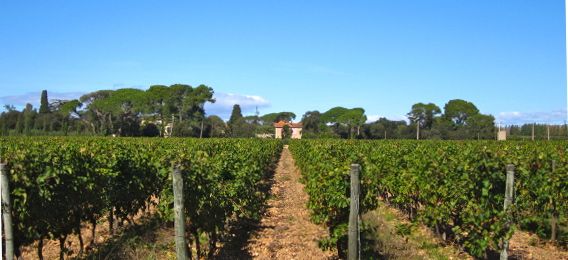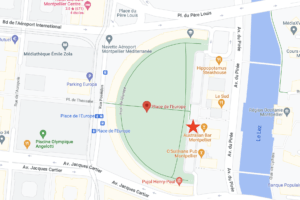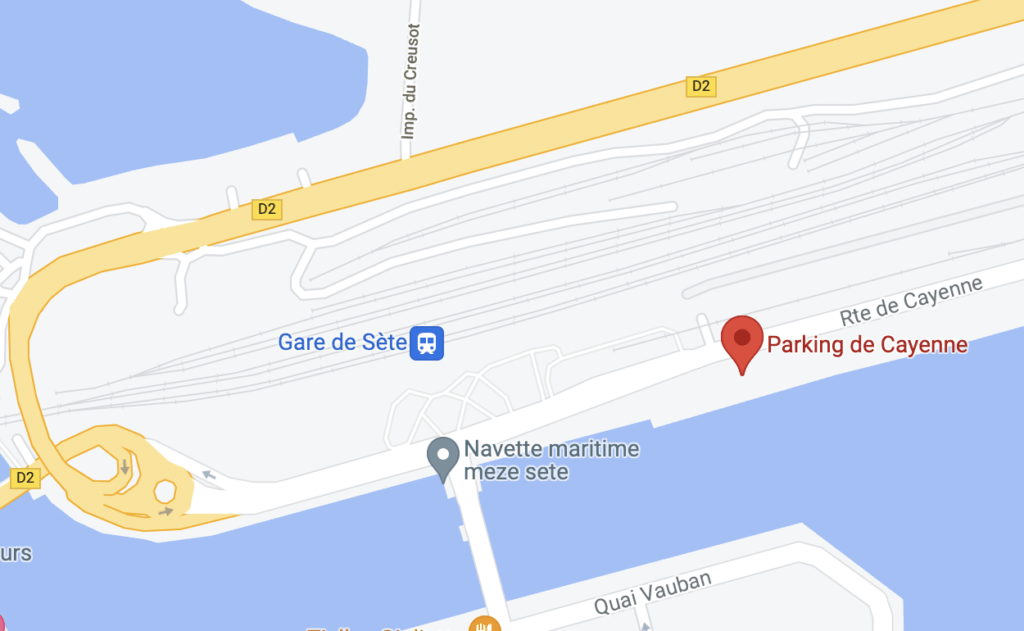The Grès de Montpellier
The Grès de Montpellier
A short Story
The city of Montpellier itself is tightly linked to wine production. Surrounded by vineyards, Montpellier benefits from a very old international reputation, and professors from its famous medical school have contributed to progress in viticulture: the writer Rabelais, studying medicine in Montpellier, promoted the Muscat de Mireval in his famous book Pantagruel, and Arnaud de Villeneuve, doctor to the King of Aragon and professor at the University of Montpellier, created the still and discovered the fortification of wines: a process which consists of adding alcohol to stop fermentation and thus maintain a high sugar level. This is the production method for some dessert wines, including the Muscat de Lunel.
The “châteaux” of Grès de Montpellier
Several “châteaux” producing wines have been erected around Montpellier between the 16th and 19th century. Those elegant houses used as sumptuous summer house by the gentry were called “Folie” (madness in French). The origin of this name remains unclear. Some say it relates to their extravagant architecture while others maintain it would come from the word “Folia” which means “leave” in latin. Those houses were indeed always built in the countryside and surrounded by magnificent gardens and foliage. At the time, there were more than 40 houses of that kind around Montpellier, today they are around 10 and some of them still produce excellent wines…You can discover them during our “château tour”
The terroir of Grès de Montpellier

The regional sub-appellation “Grès de Montpellier” was created in 2003 and groups together all the vineyards around Montpellier, the southern limit being the Mediterranean coast and the northern one, the Pic Saint-Loup. The dry climate and the humid air coming from the sea favours a rapid maturation of the grapes, good coloration and the expression of fine aromas.


